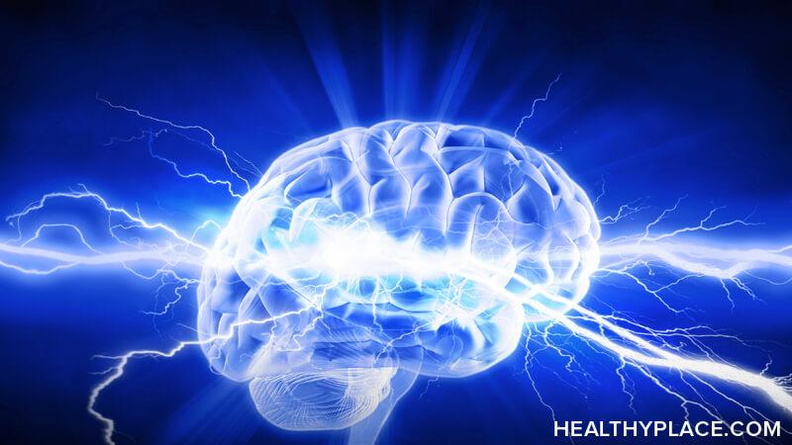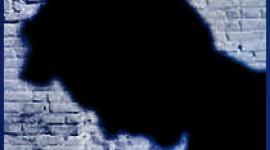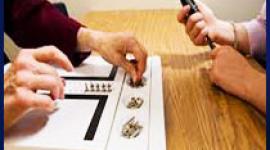Electroconvulsive Therapy (ECT): An Effective Treatment for Depression

Read about ECT's use in depression, ECT's effect on memory and how patients in one study perceived ECT.
"ECT has a higher success rate for severe depression than any other form of depression treatment"
Electroconvulsive Therapy has received some bad press as a result of what the treatment used to be like. Yet "ECT has a higher success rate for severe depression than any other form of depression treatment." It has also been shown to be an effective form of treatment for schizophrenia accompanied by catatonia, extreme depression, mania, or other affective components. The following excerpt on ECT's use in depression from Overcoming Depression, by Dr. Demitris Popolos, should help shed some light on the issue.
There's been a resurgence of interest in ECT because it has evolved into a safe option, one that works. But for a public influenced by Ken Kesey's One Flew Over the Cuckoo's Nest, whose associations with ECT start with the electric chair & move on to lightning bolts, electric eels & third rails, it makes for queasy conversation. For all of us. Let's replace a few of the myths with facts.
ECT has a higher success rate for severe depression than any other form of treatment. It can be life-saving & produce dramatic results. It is particularly useful for people who suffer from psychotic depressions or intractable mania, people who cannot take antidepressants due to problems of health or lack of response & pregnant women who suffer from depression or mania. A patient who is very intent on suicide, and who would not wait 3 weeks for an antidepressant to work, would be a good candidate for ECT because it works more rapidly. In fact, suicide attempts are relatively rare after ECT.
ECT is usually given 3 times a week. A patient may require as few as 3 or 4 treatments or as many as 12 to 15. Once the family & patient consider that the patient is more or less back to his normal level of functioning, it is usual for the patient to have 1 or 2 additional treatments in order to prevent relapse. Today the method is painless, and with modifications in technique, it bears little relationship to the unmodified treatments of the 1940s.
The patient is put to sleep with a very short-acting barbiturate, and then the drug succinylcholine is administered to temporarily paralyze the muscles so they do not contract during the treatment and cause fractures. An electrode is placed above the temple of the non-dominant side of the brain, and a second in the middle of the forehead (this is called unilateral ECT); or one electrode is placed above each temple (this is called bilateral ECT). A very small current is passed through the brain, activating it & producing a seizure.
Because the patient is anesthetized & his body is totally relaxed by the succinylcholine, he sleeps peacefully while an electroencephalogram (EEG) monitors the seizure activity & an electrocardiogram (EKG) monitors the heart rhythm. The current is applied for one second or less, & the patient breathes pure oxygen through a mask. The duration of a clinically effective seizure ranges from 30 seconds to sometimes longer than a minute, & the patient wakes up 10 to 15 minutes later.
Upon awakening, a patient may experience a brief period of confusion, headache or muscle stiffness, but these symptoms typically ease in a matter of 20 to 60 minutes. During the few seconds following the ECT stimulus, there may be a temporary drop in blood pressure. This may be followed by a marked increase in heart rate, which may then lead to a rise in blood pressure. Heart rhythm disturbances, not unusual during the period of time, generally subside without complications. A patient with a history of high blood pressure or other cardiovascular problems should have a cardiology consultation first.
Because as many as 20 to 50 percent of the people who respond well to a course of ECT relapse within 6 months, a maintenance treatment of antidepressants, lithium or ECT at monthly or 6 week intervals might be advisable.
Short-term memory loss has always been a concern to patients who receive ECT, but several studies conclude that patients who received unilateral ECT performed better on attention/memory tests than those who received bilateral ECT. However, there is a question as to whether unilateral treatment is as effective. Experts agree that changes in memory function do occur & persist for a few days following treatment, but that patients return to normal within a month. A 1985 NIMH Consensus Conference concluded that while some memory loss is frequent after ECT, it is estimated that one-half of 1 percent of ECT patients suffer severe loss. Memory problems usually clear within 7 months of treatment, although there may be a persistent memory deficit for the period immediately surrounding the treatment.
How distressing is ECT to patients?
 While there are certainly patients who perceive the treatment as terrifying and shameful, and some who report distress about persistent memory loss, many speak positively of the benefits. An article entitled "Are Patients Shocked by ECT?" reported on interviews with 72 consecutive patients treated with ECT. The patients were asked whether they were frightened or angered by the experience, how they looked back at the treatment, and whether they would do it again. Of the patients interviewed, 54% considered a trip to the dentist more distressing, many praised the treatment, and 81% said they would agree to have ECT again. Those are comforting statistics about a treatment that has an ugly name and ugly connotations but beautiful and even life-saving results.
While there are certainly patients who perceive the treatment as terrifying and shameful, and some who report distress about persistent memory loss, many speak positively of the benefits. An article entitled "Are Patients Shocked by ECT?" reported on interviews with 72 consecutive patients treated with ECT. The patients were asked whether they were frightened or angered by the experience, how they looked back at the treatment, and whether they would do it again. Of the patients interviewed, 54% considered a trip to the dentist more distressing, many praised the treatment, and 81% said they would agree to have ECT again. Those are comforting statistics about a treatment that has an ugly name and ugly connotations but beautiful and even life-saving results.
Why is there a resurgent interest in ECT?
The scientific evidence regarding the efficacy of the treatment has been firmly established in the professional literature. In addition, decades old studies showing brain cell death have been refuted in recent studies (but some anti-ECT activists still quote them).
However, ECT is like all other treatments. Doctors often underplay the potential side-effects. In addition, it is sometimes prescribed for conditions it is not medically appropriate for. And like other treatments, the effect is not always permanent. Like with medicines, ECT is not used once and you are better forever. Maintenance ECT may be required.
Unfortunately, some well-intentioned activists received ECT inappropriately; were erroneously told the effects were always permanent; and/or suffered side effects (ex. memory loss) that their doctors did not explain. Some of these activists have attacked the treatment itself when it is really the doctor who delivered the treatment who was at fault. NAMI's (The National Alliance for the Mentally Ill) official policy is that while it does not endorse particular forms of treatment, it believes informed individuals with neurobiological disorders have the right to receive NIMH approved treatments like ECT from properly trained practitioners. NAMI opposes actions intended to limit this right.
next: Compilation of EMDR Studies
~ depression library articles
~ all articles on depression
APA Reference
Gluck, S.
(2008, December 27). Electroconvulsive Therapy (ECT): An Effective Treatment for Depression, HealthyPlace. Retrieved
on 2026, January 12 from https://www.healthyplace.com/depression/articles/electroconvulsive-therapy-ect-an-effective-treatment-for-depression



